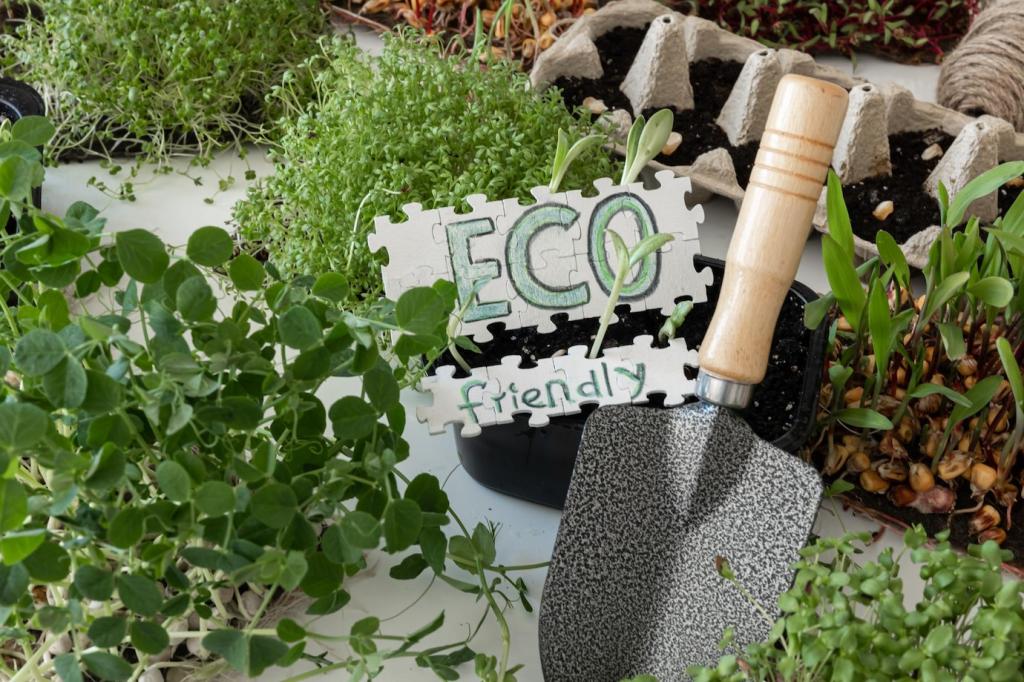Sustainability, Plants, and Local Rules
Many areas cap watering days, hours, or allowable water budgets. Program your controller to honor local rules and seasonal variability. Post your city or water district, and we’ll help translate their guidelines into actionable schedules for your zones.
Sustainability, Plants, and Local Rules
Native and climate-adapted plants reduce overall demand. Pair them with drip and deep, infrequent cycles to encourage robust roots. Share your plant list, and we’ll suggest zone strategies that balance establishment needs with long-term low-water performance.









